Mitsubishi’s surprise announcement in July that it will throw in the towel and exit Europe highlights the wide-reaching problems that Japanese manufacturers – with the notable exception of Toyota – are facing in the region.
Ever more stringent local emissions and technical legislation combined with the region’s desire for ultra-sophisticated smaller cars has recently made Europe a far tougher place to do business, especially if all your big markets are elsewhere.
Mitsubishi said it will leave after the current generation of cars finishes production to concentrate on its profitable South-East Asia market, bringing to an end its run in the region that began in 1975. It follows out of the door Japanese small car specialist Daihatsu, which left in 2013.
Subaru is now barely clinging on, selling just 13,359 cars across Europe in the nine months to the end of September, according to figures from Jato Dynamics. Suzuki, meanwhile, has had to sharply adjust its line-up to meet new legislation, resulting in a drop of 40% in sales across the region, far worse than the pandemic-induced overall market fall of 29%.
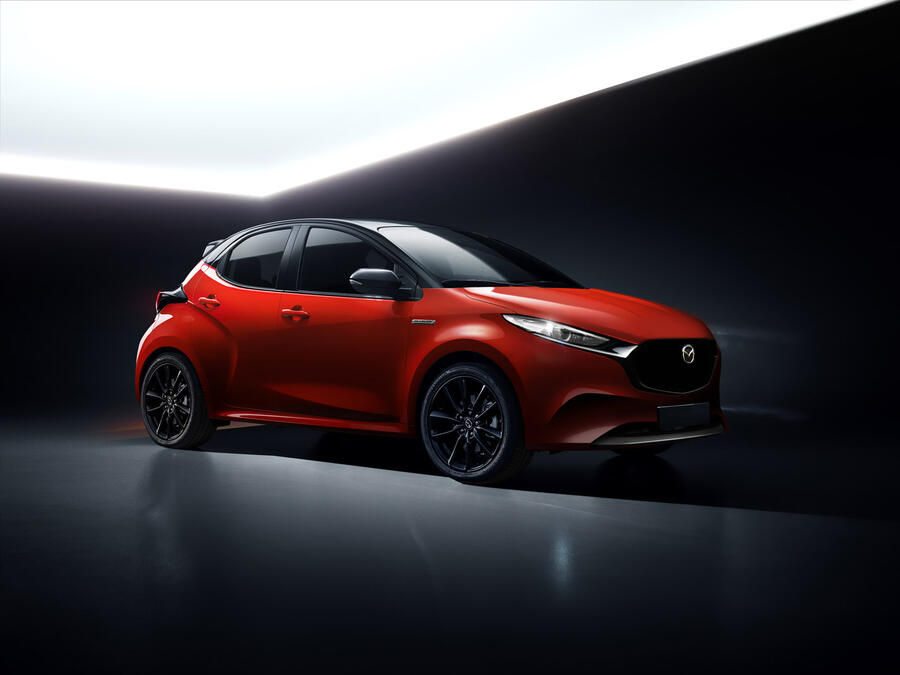
Nissan, too, has fallen low after regularly competing with Toyota for the title of number one Asian maker in Europe, posting sales of less than half those of Toyota in the first 10 months of the year. Its market share in Western Europe was cut to 2.5% as Toyota raised its share on the back of hybrid growth to 5.4%, according to data from European car makers’ association ACEA.
Honda’s sales, meanwhile, reached just 40,640 in the same period, albeit with a sales drop more in line with the overall market at -33%.
The Japanese car makers are driving against a harsh combination of headwinds. “From emissions regulations to tough market conditions, premium segment pressure and domestic competition pricing, they’re facing a nightmare scenario when it comes to the question of viable profitability in Europe,” said Sammy Chan, senior analyst at LMC Automotive.
The toughest of these headwinds right now looks like emissions, with the threat of fines from both the European Union and, from next year, the UK under its carbon-copy emissions regulations. “With CO2 targets so stringent in Europe, a clear BEV [battery-electric vehicle] strategy is needed to flourish in the next decade,” Chan said. “It can’t be said that Mazda, Suzuki and Subaru have identified BEV strategies in Europe at this moment.”
These aren’t problems that are unique to Japanese manufacturers, but the fact remains that Europe is at best a secondary market for most of them. Suzuki, for example, makes just 14% of its sales revenue from Europe and Subaru is predominantly a North American company. Add in production for many models in Japan, where a strong yen has kept export prices high for many years, and it looks gloomy.
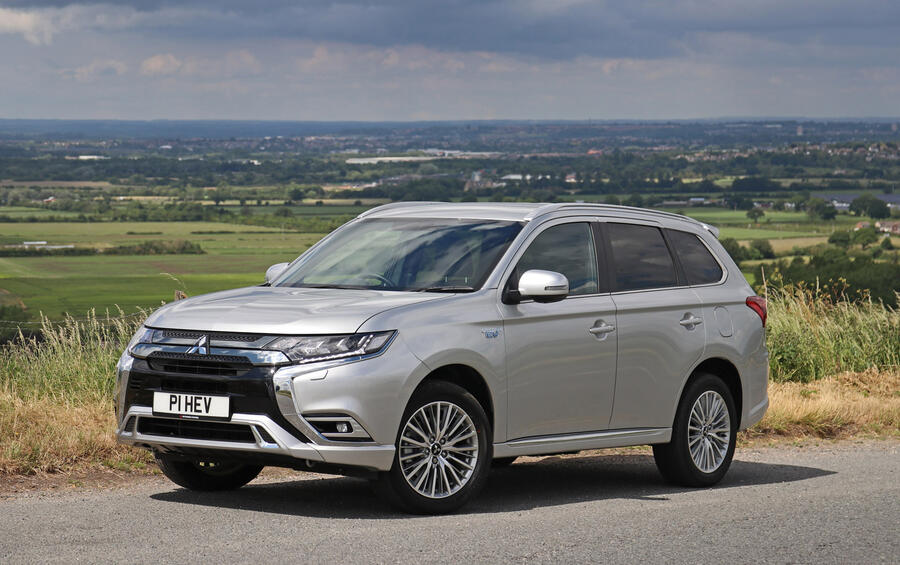
Why would you react to European demands for things such as pricey soft-touch plastics and ambient lighting for your next model when it’s unlikely to cause much of a sales ripple here compared with blockbuster markets like China or the US? The solution is partnerships, and for three of these brands that means a tie-up with Toyota. Japan’s biggest car maker now owns a stake in Subaru (20%), Suzuki (5%) and Mazda (5%) and has solved the short-term emissions problems of all three in Europe.
Suzuki, for example, which had to kill sales of its popular Jimny SUV due to its high emissions, now sells rebadged versions of the Toyota RAV4 plug-in hybrid (the Across) and Corolla Touring Sports hybrid (the Swace) in Europe.
Mazda had already joined with Toyota to pool its emissions and thus take advantage of Toyota’s hybrid-lowered average CO2 emissions in the EU, and it will now get a rebadged Yaris hybrid to sell to replace its Mazda 2 small car. All three of the rebadged models will be built in Europe.
Subaru, meanwhile, uses Toyota hybrid technology in its Subaru XV SUV. Looking further in the future, Toyota is working with Suzuki, Subaru and Mazda on a shared electric platform, dubbed e-TNGA.
Nissan, of course, has its Alliance partnership with Renault to give it a competitive edge, but while the two have been slow to fully share technology (Nissan’s new E-Power hybrid technology due next year has nothing to do with Renault’s new E-Tech hybrid, for example), Nissan has announced that Renault will not just build but also design the next Nissan Micra.
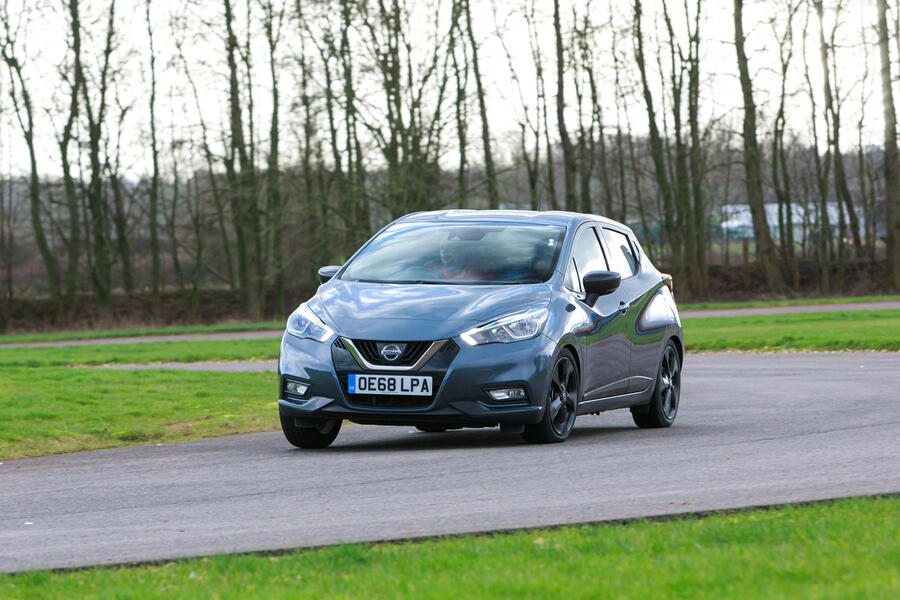
Nissan’s financial woes could yet mean further restructuring in Europe after the announced closure of its factory in Barcelona, Spain, this year, but a smooth launch of the new Qashqai in 2021 could put the brand on an even keel.
Honda’s future is more uncertain after it announced the decision to shut both of its European plants, one of which is in Swindon. However, LMC Automotive predicts that Honda’s annual sales will climb to nearer 200,000 in Europe as new models arrive with hybrid power, such as the next Civic.
Could another Japanese maker exit the region? That depends on their electric strategy, according to LMC Automotive.
Chan said: “For now, we forecast these brands continuing in Europe, although this may hinge on the success of their upcoming EVs.”
Nick Gibbs
READ MORE
Updated: Mitsubishi freezes introduction of new models for Europe


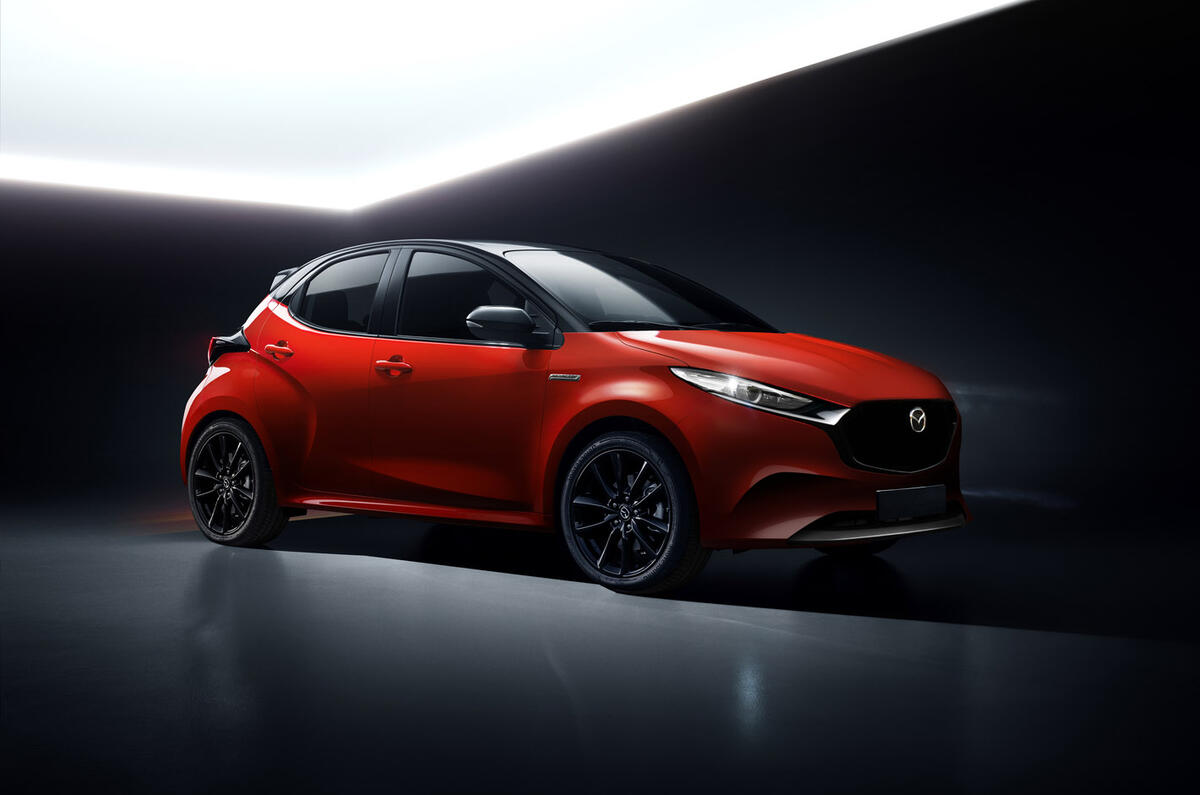
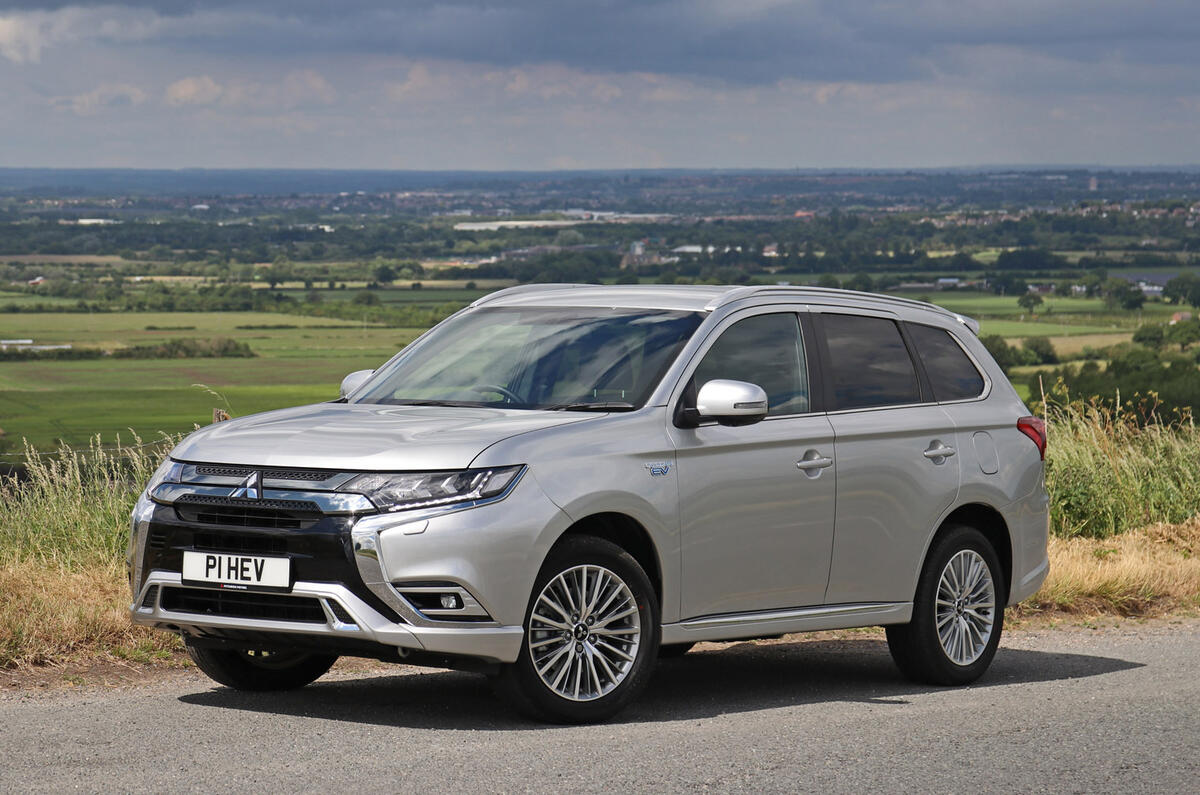
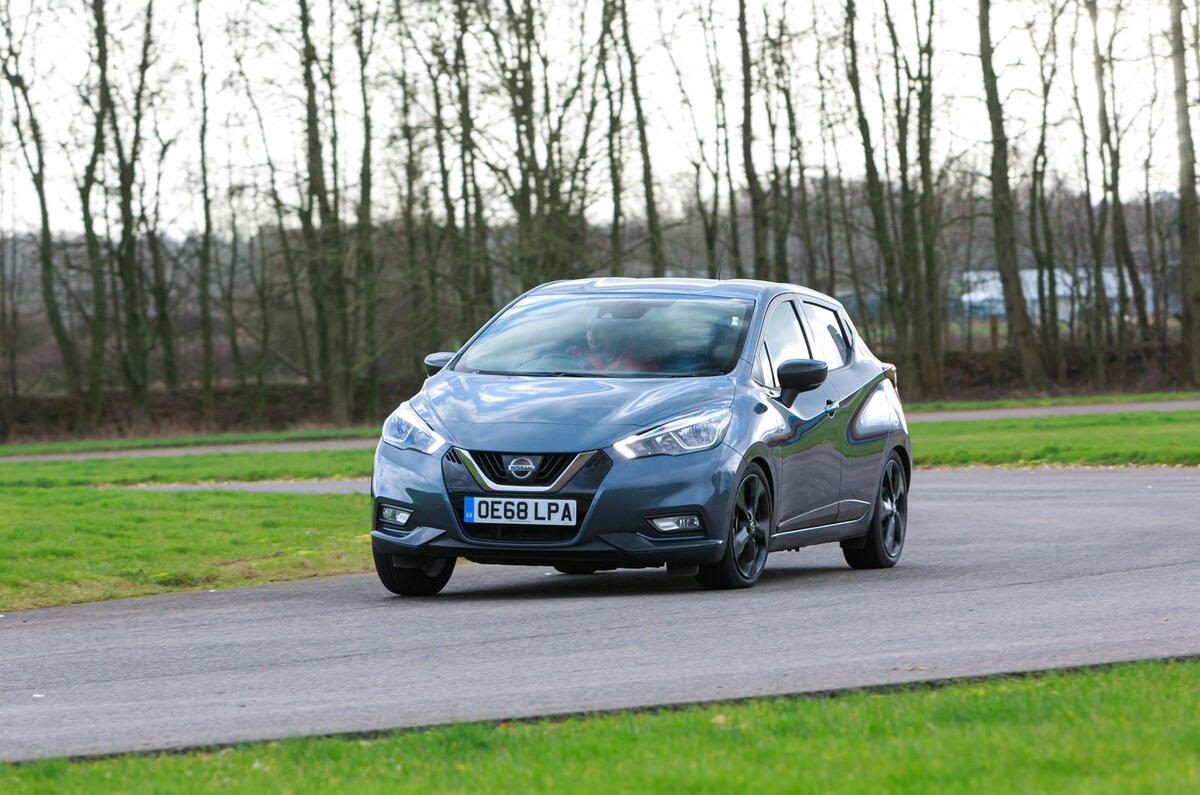
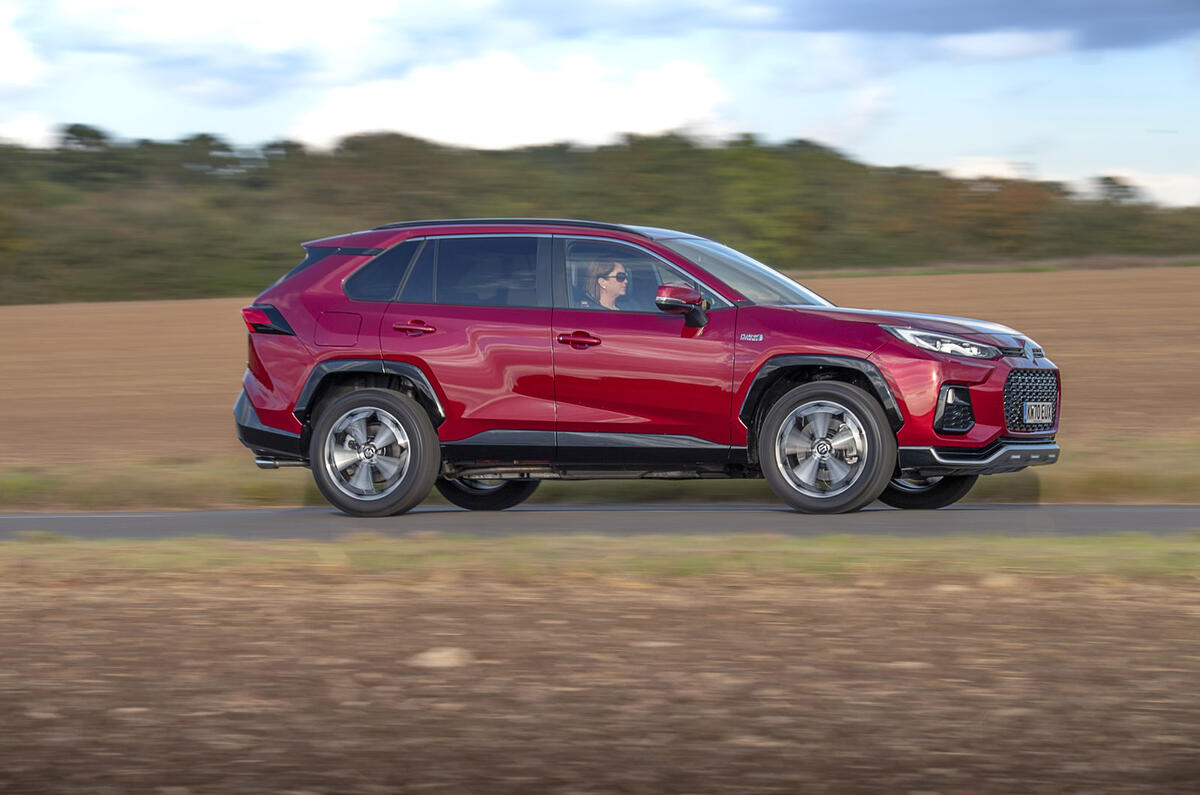

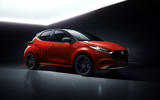


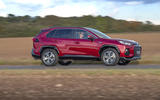


Join the debate
Add your comment
Do you recommend any japan comapny or auction.
Do you recommend any japan comapny or auction.
It hasn't helped that Korean makers have taken market share away from Japanese (and European) makers as well. With Chinese makers slowly but surely worming their way into the European market, things will only get tougher for the Japanese.
That said, I wouldn't count out the Japanese brands just yet. Their engineering and production expertise is second to none and it's a sure bet they'll be investing heavily into EV platforms in the coming years.